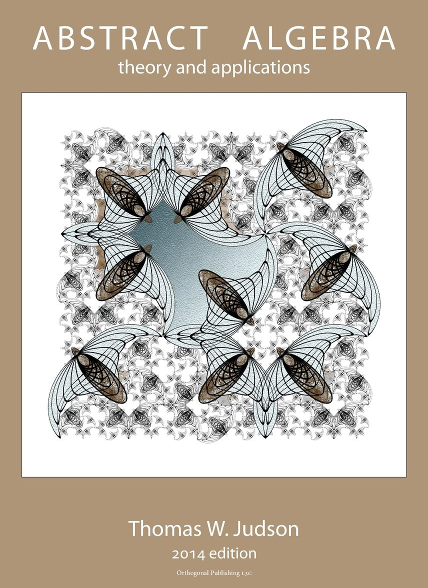Chapter 3 Groups
We begin our study of algebraic structures by investigating sets associated with single operations that satisfy certain reasonable axioms; that is, we want to define an operation on a set in a way that will generalize such familiar structures as the integers \({\mathbb Z}\) together with the single operation of addition, or invertible \(2 \times 2\) matrices together with the single operation of matrix multiplication. The integers and the \(2 \times 2\) matrices, together with their respective single operations, are examples of algebraic structures known as groups.
1
A test footnote, with no real content.
The theory of groups occupies a central position in mathematics. Modern group theory arose from an attempt to find the roots of a polynomial in terms of its coefficients. Groups now play a central role in such areas as coding theory, counting, and the study of symmetries; many areas of biology, chemistry, and physics have benefited from group theory.
Alex Jordan helped improve this chapter.

